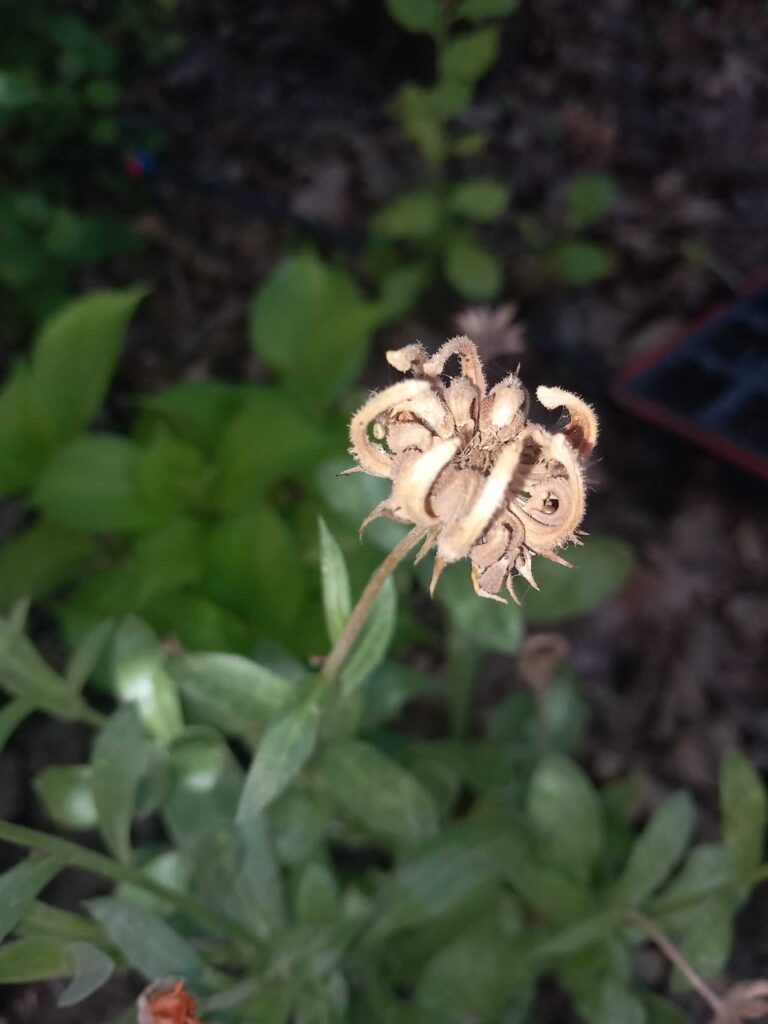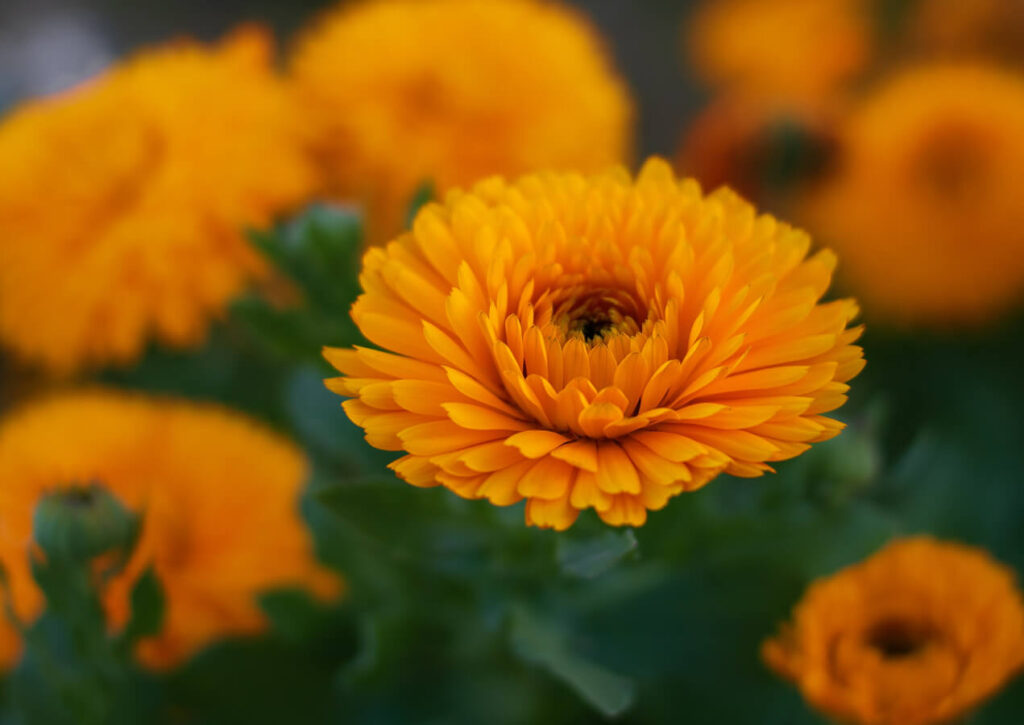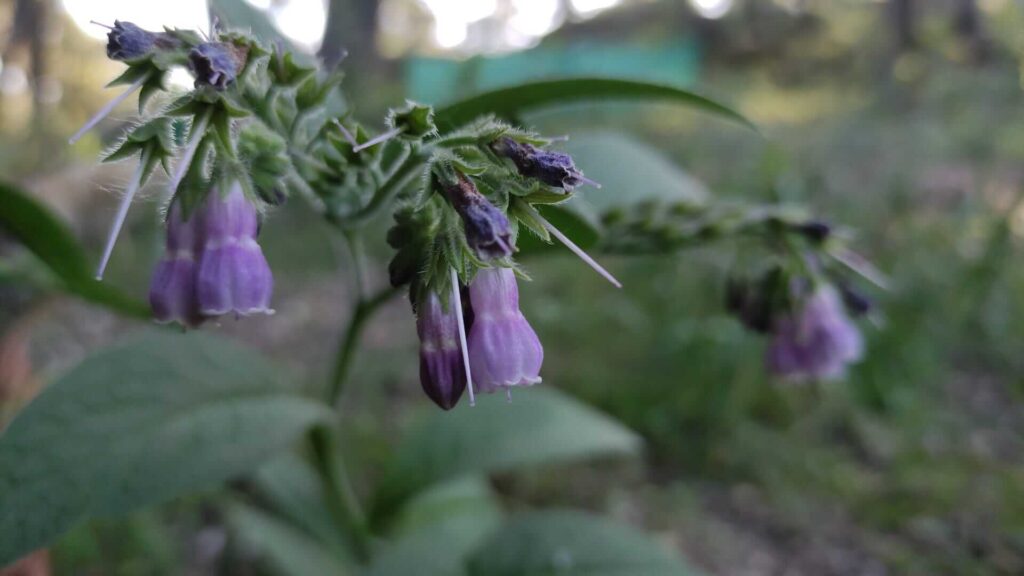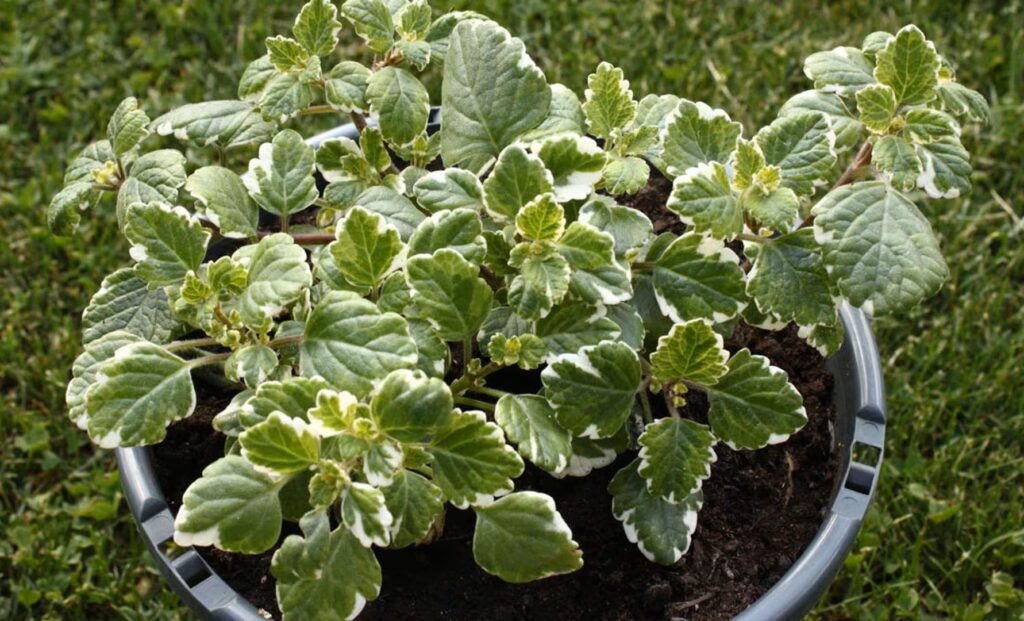Calendula, known scientifically as Calendula officinalis, is an annual herbaceous plant belonging to the Asteraceae family. Known for its orange and yellow flowers, marigold is not only appreciated for its ornamental beauty but also for its many medicinal and cosmetic uses.

Sporadic but thorough irrigation

The more sun, the more it blooms

Exhaust Hose / Dripper

Very easy cultivation

Does not withstand intense frosts

Through seeds
Calendula Care
Soil Requirements
Marigold is not particularly picky about soil type, but prefers well-drained soils rich in organic matter. A soil pH between 6 and 7 is ideal for optimum growth.
Soil Preparation
Before planting marigolds, it is advisable to enrich the soil with compost or organic fertilizer to improve its structure and fertility. Making sure the soil is well-drained is crucial to prevent waterlogging and root diseases.to learn, see how to make hot compost.
Light Requirements
Marigold thrives best in areas with full sun. It needs at least 6 hours of direct sunlight per day to flower abundantly. In very hot climates, it may benefit from some afternoon shade.
Irrigation
Calendula requires regular watering, especially during dry periods. However, it is important not to overwater to avoid root rot. Calendula prefers long but spaced waterings, allowing the soil to dry out slightly between waterings.
Irrigation Methods
Remember that Las
Drip irrigation or better yet, exudation hosing, are the best options for marigold, as it provides water directly to the roots and reduces the risk of leaf diseases such as fungus. If you want to know more about Drip Irrigation vs. Exudation Irrigation: Which is better for your garden?
Seedling Care
Pest Protection
Marigold is fairly resistant to pests and diseases, but can be susceptible to aphids and caterpillars, although they will generally prefer other plants nearby.
Pruning and Maintenance
To obtain as many flowers as possible, it is good to prune faded flowers as they consume energy from the plant. But we must remember that in the case that we want to obtain the seeds, we must leave the flower on the plant until it is collected to ensure that the seed has fully matured.
How to Reproduce Calendula
Seed Reproduction

Calendula generally reproduces through seeds, which it produces in abundance.
To do this we let dry a flower still on the plant, in which will appear, if it has been pollinated, some structures in the form of small horns, like those in the photo.
Among these will be the seeds, which we can plant in seedbed or direct sowing in the soil if the weather is still warm. If not, it will be better to keep them dry in a paper envelope for the following year.
Direct Sowing
We have to take into account that it has to be sown after frost, since it does not resist them. They should be planted at a depth of approximately 1 cm and with a spacing of 20 to 30 cm between each plant.
Indoor Germination
In colder climates, seed germination can be started indoors about 6 to 8 weeks before the last frost. Seeds can be sown in trays or small pots and transplanted into the garden once the seedlings have 3 or 4 leaves.
Uses of Calendula
Medicinal Uses
Calendula has been used for centuries in traditional medicine for its healing properties. Among the main medicinal benefits are:
Anti-inflammatory and Antiseptic Properties
Calendula is known for its anti-inflammatory and antiseptic properties, making it ideal for the treatment of wounds, cuts and burns. Calendula creams and ointments are used to reduce inflammation and prevent skin infections.
Treatment of Skin Problems
Topical use of calendula can help treat various skin conditions such as eczema, dermatitis and acne. Its ability to promote healing and regeneration of damaged tissues is widely recognized.
Digestive Properties
The consumption of calendula infusions can alleviate digestive problems such as gastritis, stomach ulcers and dyspepsia. Its anti-inflammatory properties also help soothe the mucous membranes of the digestive system.
Cosmetic Uses of Calendula
Calendula is a popular ingredient in the cosmetic industry due to its beneficial properties for the skin. It is used in the formulation of creams, lotions, shampoos and soaps for its moisturizing and soothing effects.
Skin Moisturizing and Nourishing
Calendula creams and oils are excellent for keeping the skin moisturized and nourished. They help retain moisture and provide essential vitamins, improving skin elasticity and appearance.
Protection against UV rays
Some studies suggest that calendula extracts may offer some protection against UV damage, making them a useful addition to sunscreen products.
Culinary Uses
Although less well known, calendula also has culinary applications. Its petals can be used as a natural colorant in cooking, adding a touch of color and flavor to salads, soups and stews.
Associations
Marigold produces substances through its roots that bother nematodes, parasites that attack the roots of plants, and through its aerial part others that scare away whiteflies and some beetles.
| Compatibilities | Incompatibilities |
|---|---|
| Tomato | Garlic |
| Strawberries | Fennel |
| Beans | Lettuce |
Strawberries are compatible crop plants.
make
🌿 Marigold Seeds
A basic to attract pollinators, protect your crops and enjoy edible flowers.
👉 View on Amazon💧 Exhaling textile tape
Ideal for localized irrigation and water saving in orchards and gardens.
👉 View on Amazon🧴 Calendula Protective Cream
A basic to moisturize, protect and soothe sensitive or irritated skin.
👉 View on Amazon


